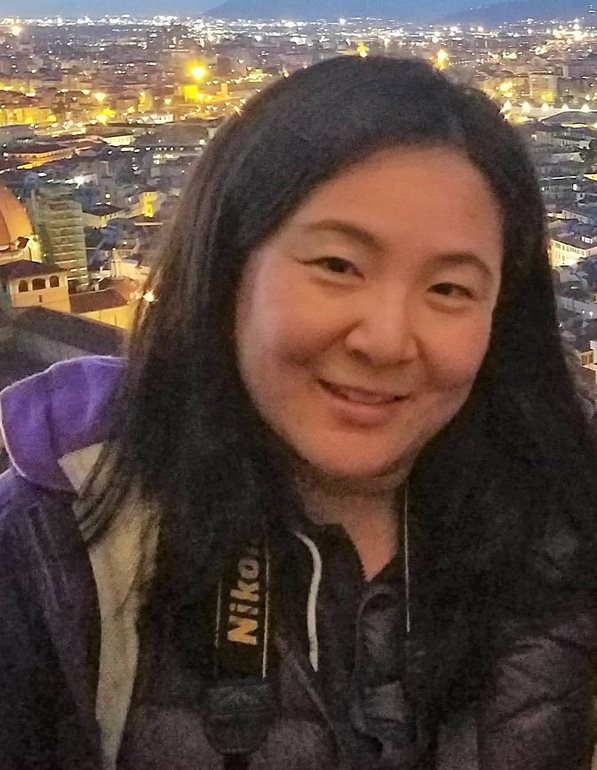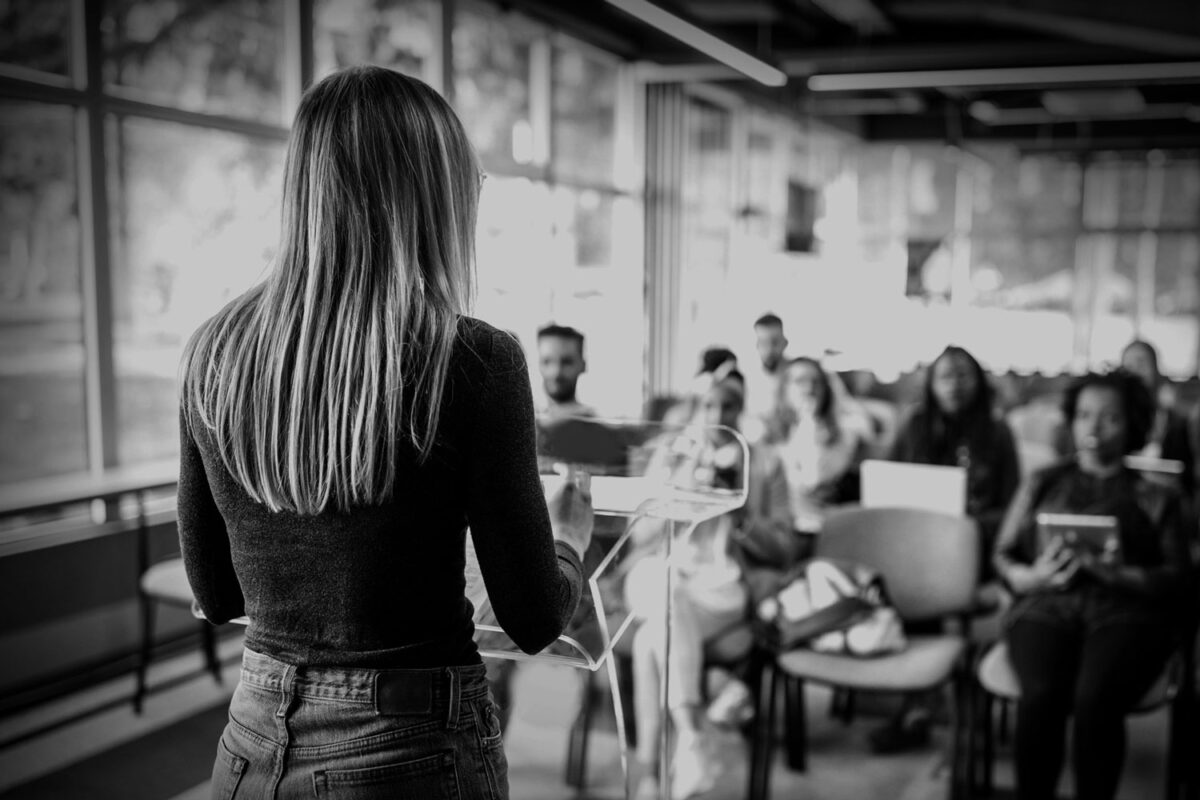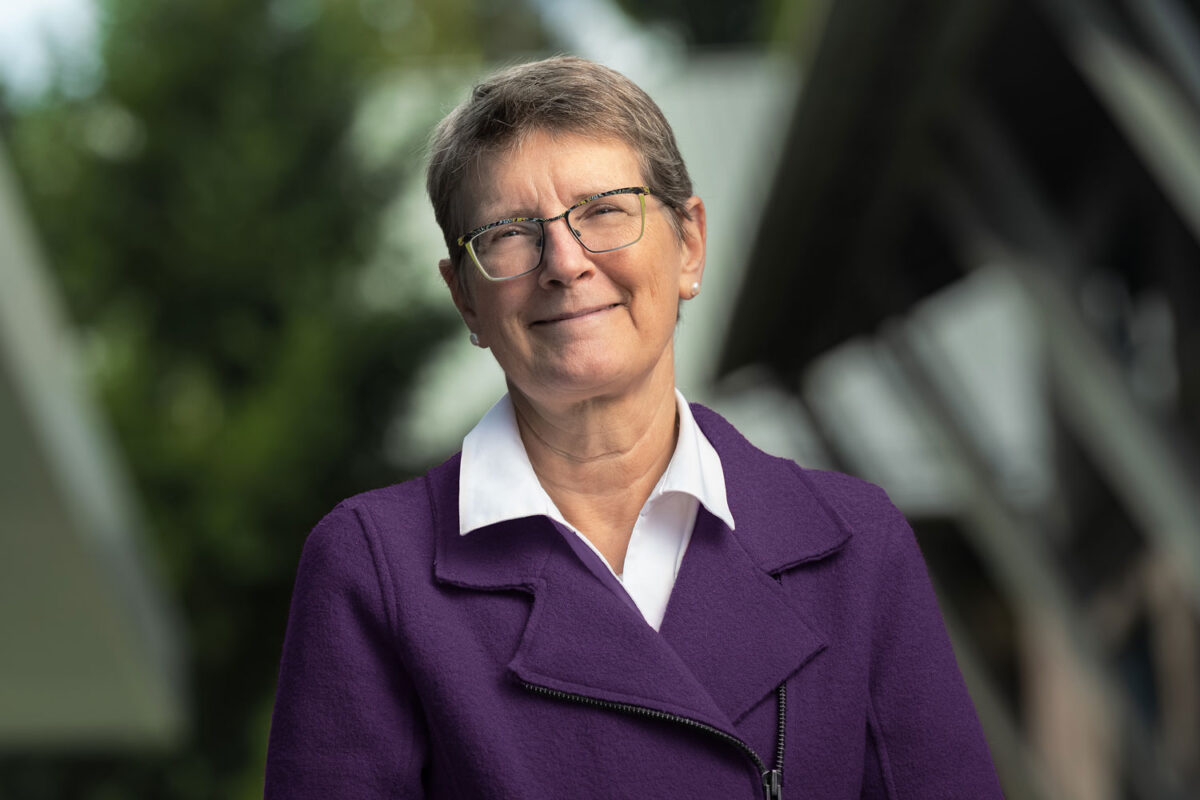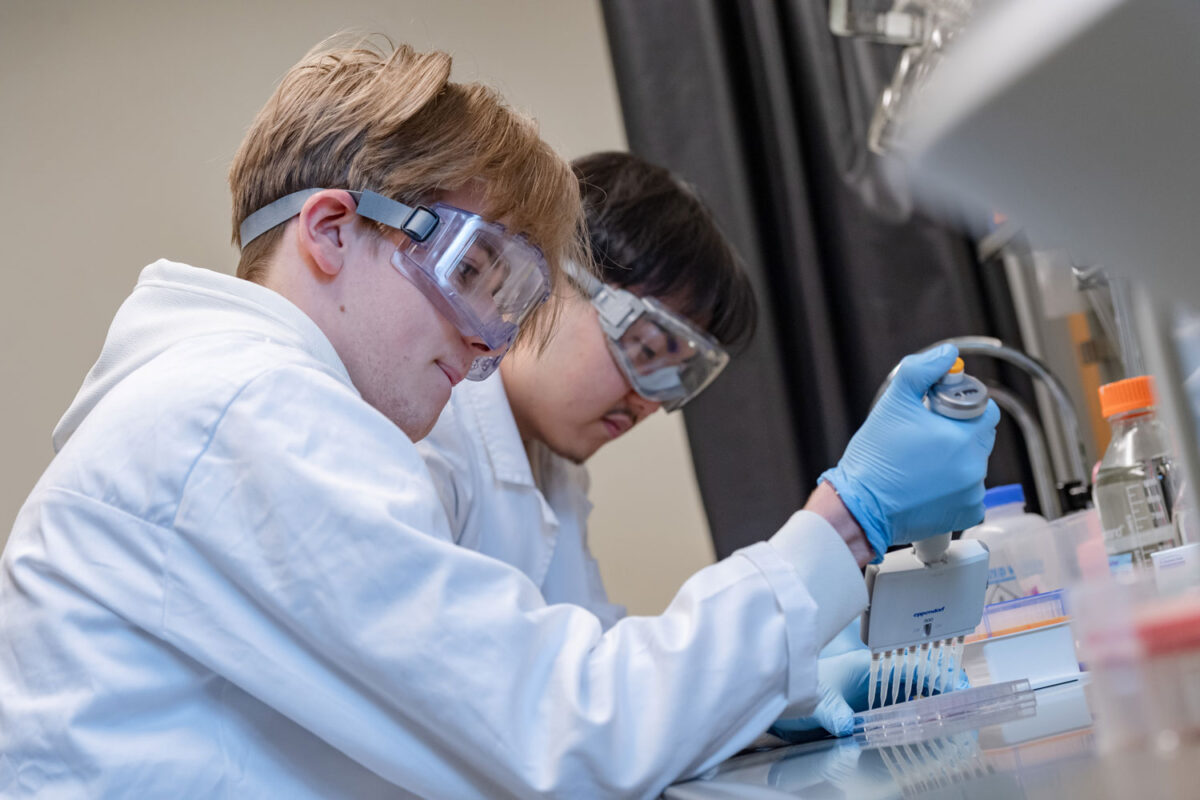
Education researchers at the University of Washington Bothell are helping lead a project that fosters teaching K-12 students to integrate science and art. By making this connection, researchers aim to broaden student participation in science, technology, engineering and math.
It’s not as easy as adding A to STEM to make STEAM, said Blakely Tsurusaki, a senior research scientist at the Goodlad Institute for Educational Renewal in the School of Educational Studies.
“For us, STEAM is really trying to think deeply about how the fields are integrated,” she said.
Tsurusaki is a co-principal investigator, along with Goodlad Director Carrie Tzou, on the five-year project called Fostering STEAM. It began in 2017, funded with a National Science Foundation grant that totals more than $1.2 million. UW Bothell is one of several partners on the project, including the University of Alaska Fairbanks and the National Optical Astronomy Observatory at Tucson, Arizona.
Workshops for informal educators

Fostering STEAM provides professional development workshops to “informal science learning” educators — people who work in libraries, science centers and after-school programs.
To date, workshops have been offered in Seattle, Tucson, Fairbanks and Sitka, Alaska. The National Art Education Foundation is also a partner in workshops for art educators.
The outreach to these groups is part of the researchers’ recognition that “important learning occurs outside of school time,” Tsurusaki said.
The workshops model STEAM activities that students might follow, such as creating digital animation, which requires art and computer skills. But the ideas are more important than the particular activity, Tsurusaki said. The activities all emphasize core STEAM practices: engage in close observation, focus on personal meaning, conduct open exploration, design with intention, iterate, and communicate about process and outcome.
“A lot of participants end up modifying activities we do with them. The activities are an example of what STEAM can be, so they have an understanding and can develop the programming they want,” Tsurusaki said.
Workshops also include discussions of identity, she said, noting that how students identify themselves (I’m not good at math!) affects their engagement and interest. One of the goals is for students to see themselves as being capable of math and science. A related concept in the workshops addresses mindset or whether students think their skills are “set” or can change.
“People think they’re either good or bad at something,” Tsurusaki said. “Growth mindset says you’re not good or bad, you just need support and experience to learn skills.”
While the pandemic has forced the researchers to reschedule workshops, they still have more work to do building the portal of resources and analyzing three years of data.
Relevant, connected learning
Fostering STEAM builds on a previous Goodlad grant that explored how to interest girls in science through art. Tsurusaki wants all students to understand how the things they are learning are connected and relevant to their lives.
“A lot of times, people think of what they’re learning in school as disconnected from their lives, especially in STEM fields,” she said. “They don’t know why they need to learn whatever they’re learning in school because they think, ‘I’m not going to become a mathematician or a computer scientist.’
“I think the purpose of education is for us to educate ourselves about ways of thinking and to understand how we are connected to science, technology, art, engineering and math.”
Climate change is a prime example of the relevance of a more holistic, integrated view of the world.
“We need people to understand how we are part of our natural world and how the human-built and natural world interact,” Tsurusaki said. “We need to understand science, engineering, math, technology and art to be able to solve these big issues that are coming up in our world.”



